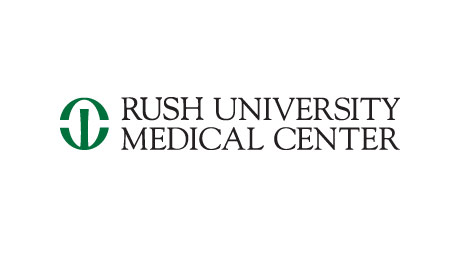Building Complex Language
| Status: | Completed |
|---|---|
| Conditions: | Cognitive Studies |
| Therapuetic Areas: | Psychiatry / Psychology |
| Healthy: | No |
| Age Range: | 10 - 14 |
| Updated: | 11/23/2013 |
| Start Date: | April 2011 |
| End Date: | June 2013 |
| Contact: | Catherine H Balthazar, PhD |
| Email: | cbalthazar@govst.edu |
| Phone: | 708-534-4592 |
Building Complex Language: Effect of Treatment and Dosage
This study is designed to examine how much therapy is needed in order to make significant
gains in knowledge and use of complex sentences. Students will be randomly placed in
individual treatment sessions that take place either once or twice per week for nine weeks.
All will receive the same type of treatment, which consists of a focused series of oral and
written language activities. While it is anticipated that students in both groups will
benefit from treatment, we hypothesize that the twice-weekly session frequency will have a
significantly greater impact on level of performance and maintenance of skills after
treatment.
The objective of this project is to examine outcomes of a treatment intervention designed to
increase functional use of complex (multi-clausal) sentences in school-age students with
primary language impairments that impact literacy and academic achievement. The treatment
protocol includes: (1) three types of complex sentences (adverbial, relative, object
complement), (2) encounters with complex sentences in real texts and across all modalities
(speaking, listening, reading, writing, and (3) activities that engage metalinguistic
understanding of complex sentences. Specific objectives are to (1) document treatment
effect in terms of size and scope of impact in decontextualized as well as naturalistic
language contexts, (2) document the effect of treatment intensity (dosage), (3) explore
effects of sentence complexity subtype and treatment outcomes, and (4) explore
relationships between treatment outcomes and participant variables (pre-treatment knowledge
of complex sentences, verbal working memory, and non-verbal cognition).
The study will utilize two designs. Approximately 10 participants per year will complete
the treatment, randomly assigned to one of two treatment levels. As each participant
finishes, efficacy and effect size will be measured using a multiple-baseline single-subject
design. Once all 30 participants have completed the treatment, effect size and the impact
of dosage (treatment intensity) will be evaluated using a pretest-posttest group design, and
correlations between participant characteristics and individual patterns of performance will
be carefully described and analyzed.
This study targets school-age students with a Speech-Language Impairment and/or a Specific
Learning Disability between the ages of 10 and 14 who are receiving services from a
Speech-Language Pathologist (SLP) for one or more higher-level language behaviors. It is
expected that participants will demonstrate higher levels of fluency with complex sentences
compared with pretreatment baseline levels and that treatment effects will be reflected in
several modalities and in naturalistic language contexts.
Inclusion Criteria:
- Disability: documented language or learning disorder
- Nonverbal IQ within 1 standard deviation of mean for age
- Oral language score 1 or more standard deviations below mean for age
- Problem areas: difficulty with language in any of the following areas - reading
comprehension, writing, following verbal instructions, verbal expression
Exclusion Criteria:
- hearing impairment
- autism spectrum disorder
- developmental delay
- genetic syndrome
- brain injury
- cerebral palsy
- seizure disorder
We found this trial at
2
sites
Rush University Medical Center Rush University Medical Center encompasses a 664-bed hospital serving adults and...
Click here to add this to my saved trials
Click here to add this to my saved trials
